The cost to install a new toilet in 2024 —a complete guide
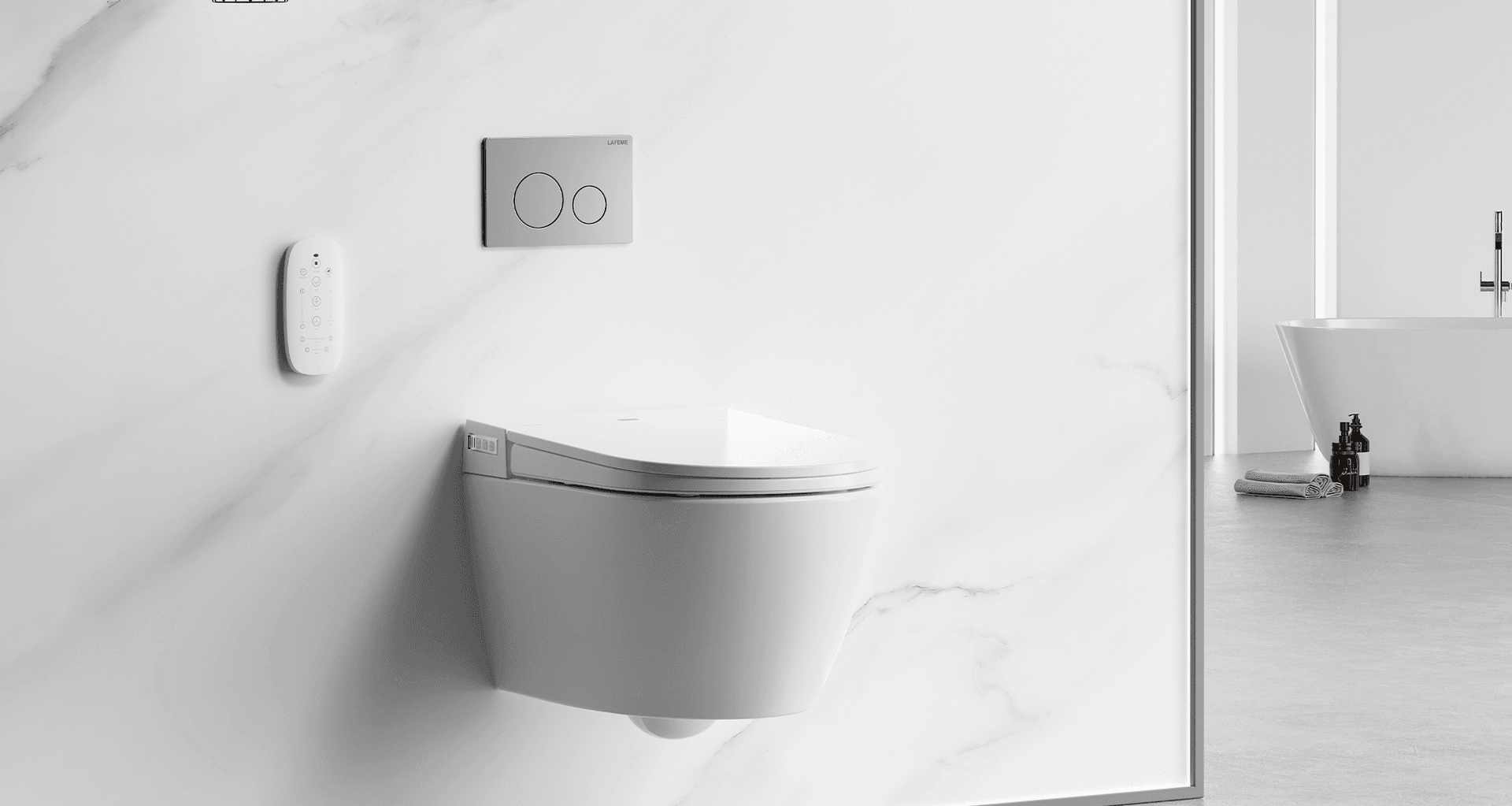
A new toilet can spruce up any bathroom, adding a touch of modernity and efficiency. However, understanding the financial side of this upgrade is crucial, particularly when it comes to installation costs. Being informed allows you to budget effectively and make choices that align with both your design tastes and financial considerations.
What's the average cost of a new toilet installation?
The average price to install a new toilet is typically between $400 - $1000. Installation prices can be upwards of $1000 for higher-end types of toilets, such as wall-hung or smart toilets. As we'll explore below, the price of your installation heavily depends on the type of toilet you choose and the amount of labour involved.
Factors that influence the price
To gain insight into the overall installation costs of a new toilet, it is important to comprehend the factors that influence the final price. The costs can be categorised as follows:
- The type of toilet suite.
- Call-out fees, labour costs and any additional plumbing work required.
- Additional plumbing fixtures, such as a custom toilet seat.
- Fees for removing an existing or old toilet.
- Location and accessibility of the toilet.
- Any permits required.
- Additional features.
Let's look at these in more detail:
Types of toilet and their price range
The cost of a new toilet suite can change depending on the type, brand, and quality of the suite. Here are some common toilet types, along with approximate pricing:
One-piece toilet
A one-piece toilet is a type of toilet where the tank and bowl are integrated into a single unit. It offers a seamless design without visible gaps between the tank and bowl. One-piece toilets are known for their sleek appearance and ease of cleaning. One-piece toilet units are generally priced between $400-$1000.
Two-piece toilet
A two-piece toilet consists of a separate tank and bowl that are joined together during installation. It is the most common type of toilet found in households. Two-piece toilets are widely available and come in various styles and flushing mechanisms. Two-piece toilets generally range in price from $250 to $1000+.
Smart toilet
A smart toilet is a technologically advanced toilet that offers features such as automated flushing, bidet functions, seat warming, adjustable water temperature, and air drying. Some smart toilets also include motion sensors and automatic lid opening/closing. Smart toilets can range in price from around $800 to $7000.
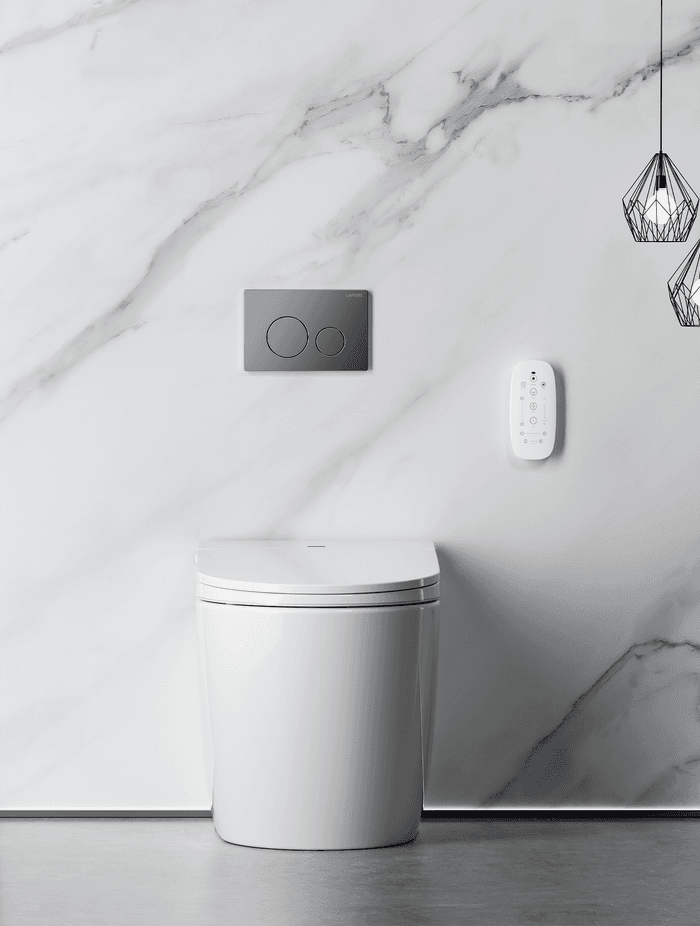
Wall-hung toilet
A wall-hung toilet is mounted directly on the wall, with the tank concealed within the wall cavity. This type of toilet creates a sleek and space-saving look in bathrooms. It is often used in commercial settings or modern residential bathrooms. Wall hung toilets generally range in price from $300 to around $5000 for a high end suite.
Back-to-wall toilet
A back-to-wall toilet has the toilet bowl installed flush against the bathroom wall, with a concealed cistern located behind the toilet pan on the wall or inside a furniture unit. This design provides a neat and streamlined appearance. Back-to-wall toilets usually range from $250 - $2000.
Wall-faced toilet
A wall-faced toilet is similar to a back-to-wall toilet, with the bowl installed flush against the wall. However, the cistern is integrated into the wall or furniture unit in this design. Wall-faced toilets offer a seamless and space-saving design, popular in contemporary bathrooms. These toilets usually range from $500 - $4500.
Close-coupled toilet
A close-coupled toilet has a tank directly attached to the back of the toilet bowl. This design creates a compact and cohesive unit. Close-coupled toilets are often found in residential bathrooms due to their ease of installation and maintenance. Close-coupled toilets range in price from $500 - $4000.
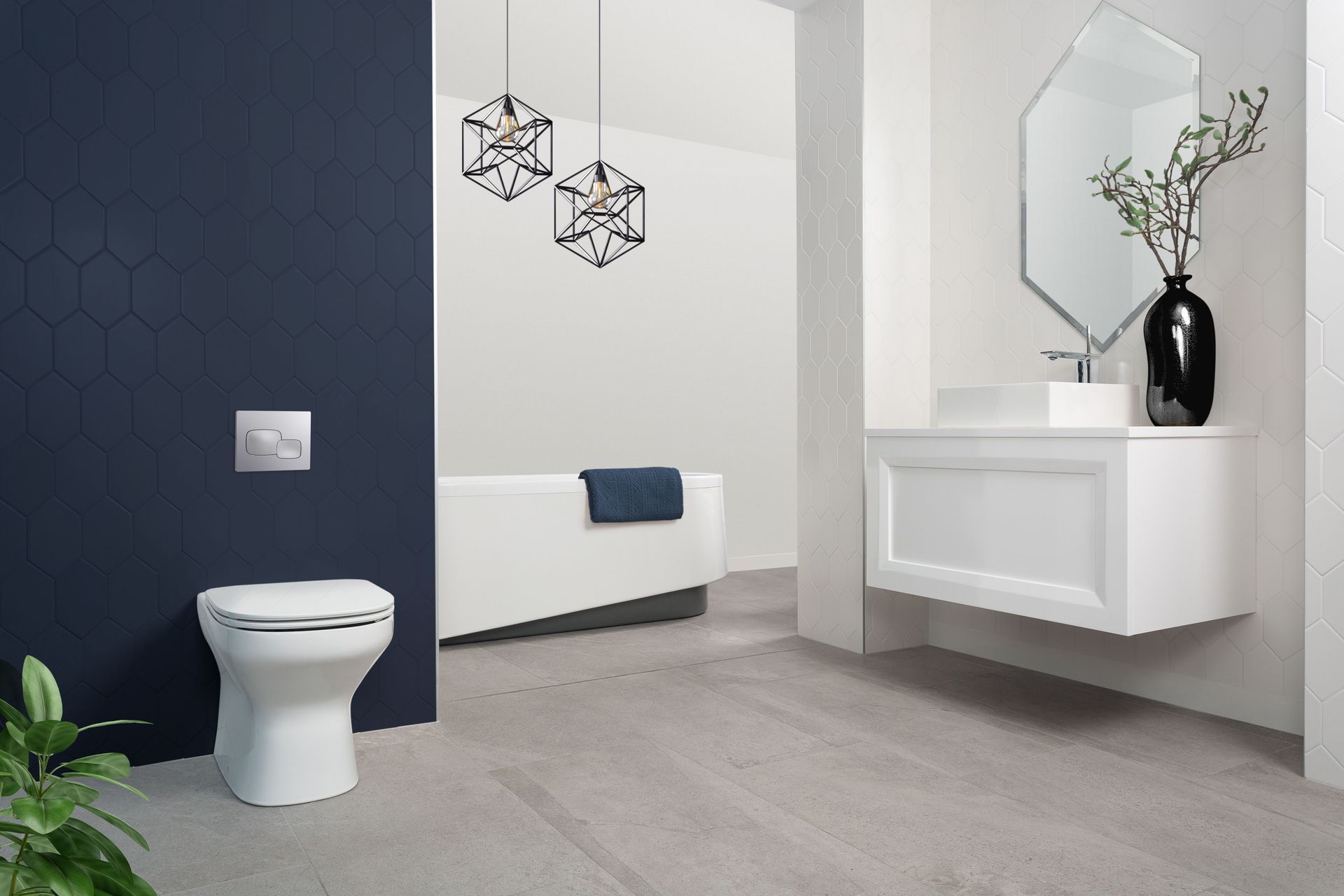
Professional labour and installation
Most toilet installations require the expertise of a plumber. A plumber will usually base the price of their labour on an hourly rate on top of a call-out fee, they may also have a separate installation fee, but this will depend on the plumbing company or individual plumber you go with.
The typical call-out fee for a plumber will be between $100-$150.
Hourly rates for a plumber are:
- Around $55 per hour for a less experienced plumber.
- Between $100-$150 for an experienced plumber.
When speaking to a plumber, ask how much they charge for a call-out fee, their hourly rate, and how long they estimate an installation will take. Plumbers install a lot of toilets, so any reputable professional should be able to give you a firm installation quote and a breakdown of the costs involved.
Additional plumbing fixtures and extras
Of course, it's essential to have the right plumbing fixtures at hand for any new toilet installation, and you might need various components, such as a flange or water supply line, replaced or upgraded as part of the installation process. Other components that can need replacing in a typical new toilet installation include:
- Shut-off valves.
- Wax rings.
- Bolts and caps.
- Fill valves.
- Flush valves.
- Overflow tubes.
- Trip levers.
A plumber will be able to let you know what existing plumbing fixtures in your current set-up are in good condition, what needs replacing and the associated costs.
Alongside functional plumbing fixtures, you may also consider extra design features that can enhance the aesthetic of your bathroom, such as a specific toilet seat, bidet functionality, a dual-flush system and touchless flushing. The price of the installation will, of course, increase if you choose any extra design features.
Related article: 11 Types of Toilet Seats: Shapes, Styles, Materials and More
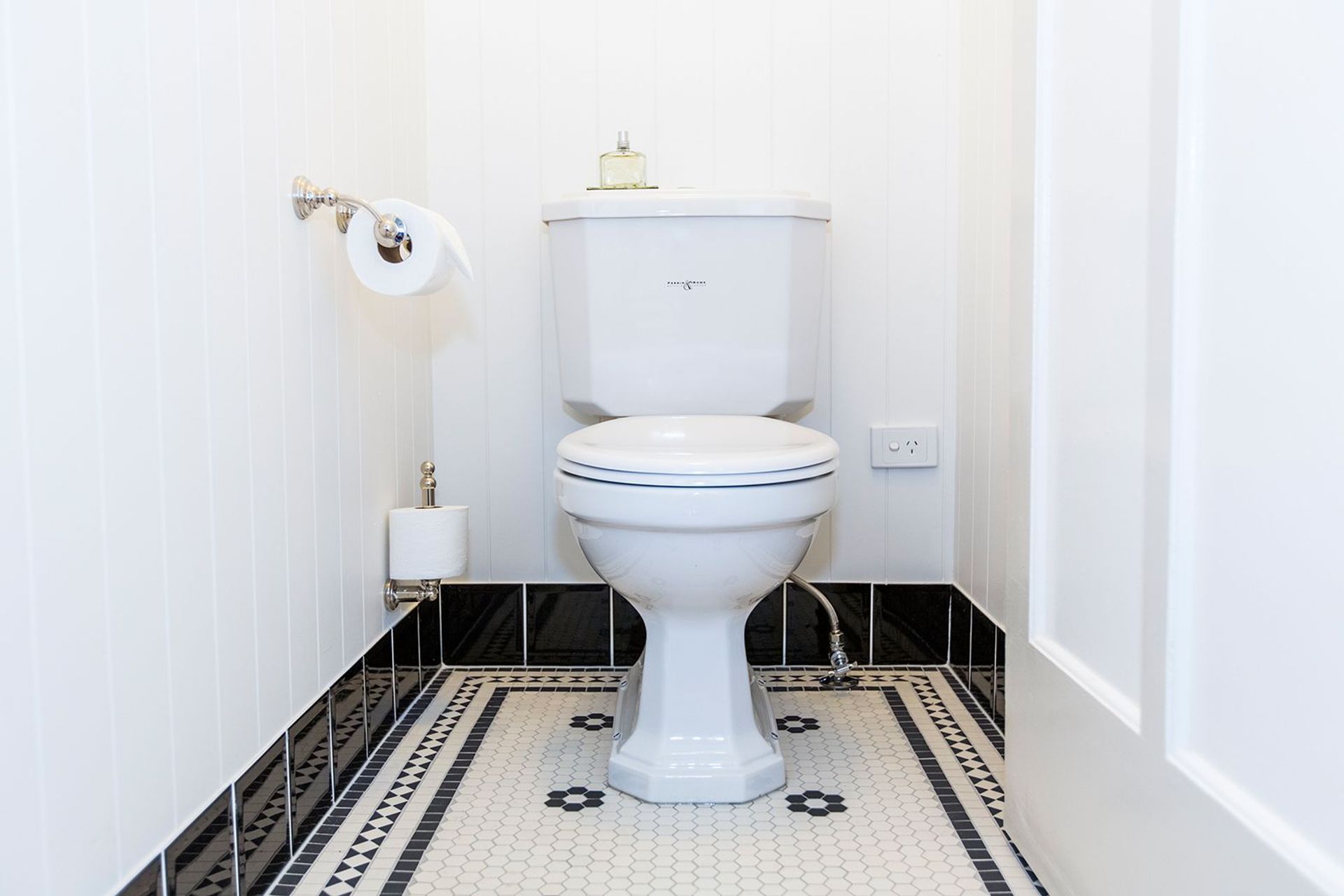
Removal of an old toilet
Removing an old toilet is typically not too complicated for a plumber. More often than not, the charge for this service is already part of the quote you receive from the plumber. The process is usually swift, with most standard toilet removals taking around 30 minutes to an hour.
So, for example, if a plumber lets you know that the removal of an old toilet will take an hour, and their hourly rate is $55, you'll know that you'll need to budget at least this much for the removal and more if you require the plumber to dispose of the toilet.
Toilet accessibility and location
Choosing the spot for your new toilet can influence the cost. If the room where the toilet will be has plumbing already, it usually costs less compared to a room where new pipes need to be set up. The room's size and shape matter too; if it's small or an odd shape, custom solutions might be needed, and this can drive the price up.
Local rules can also differ depending on where the room is situated in your house. For instance, if the toilet is being installed in the basement, specific sewage systems might have to be used. Also, how easy it is for the plumber and other workers to access the location with their equipment can affect labour costs. It's essential to consider the installation spot of your new toilet and consult a plumber for an accurate cost estimate.
Related article: 15 Small Bathroom Ideas on a Budget
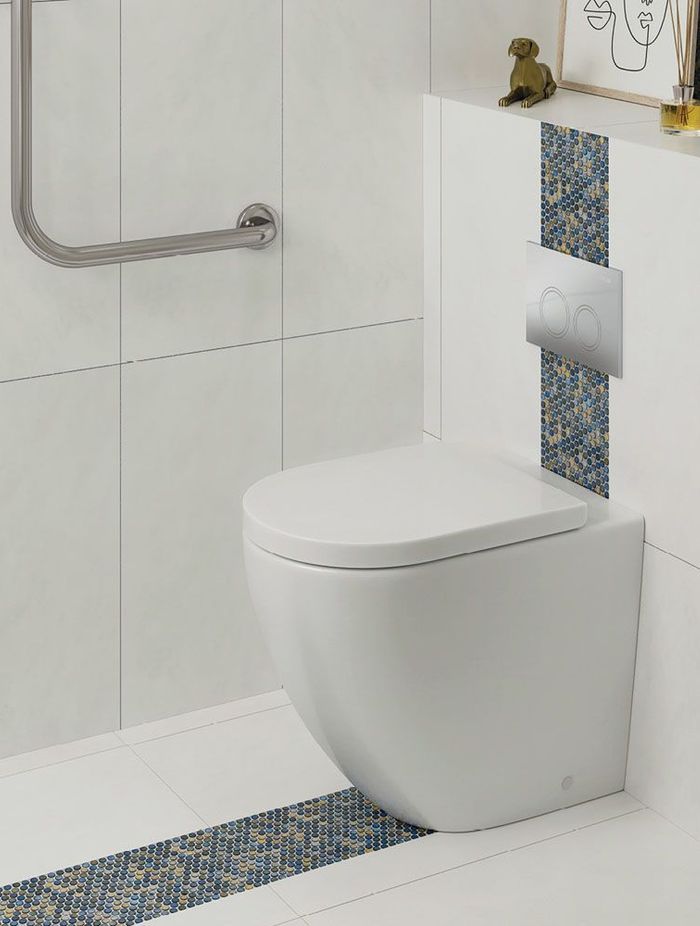
Permit requirements
For a simple new toilet installation, a permit isn't usually required. If you have a new toilet installed as a part of a house extension or a new build, then a permit may be required. An informed local plumber should be able to inform you of any permit requirements; if in doubt, it's worth contacting your local council if you need more clarification. If a permit is required, a plumber will likely factor the cost of getting it into the quote they give you.
Other factors to consider
Do you have an “S’’ or “P” outlet?
Before installing a toilet, knowing what kind of trap your toilet requires is essential. There are two main types - the "S trap" and the "P trap." The S trap sends waste through a pipe in the floor, while the P trap's pipe goes through the wall behind the toilet. A plumber can identify which one you have by looking at where the toilet's waste pipe goes: into the floor for an S trap or into the wall for a P trap. When buying a new toilet, ensure it's compatible with the type of trap you have to avoid complications during installation.
Flushing technologies
The type of flushing system your toilet has can affect its efficiency and the cost of replacement. There are different options available:
Dual flush system: This system has two flushing options - a full flush and a partial flush. This lets you choose how much water to use based on the waste. The full flush uses more water for solid waste, while the partial flush uses less water for liquid waste.
Composting toilets: Instead of flushing, composting toilets use little or no water and turn waste into compost. These are good options for areas with limited or no plumbing or for environmentally conscious choices. Composting toilets are far less common, however.
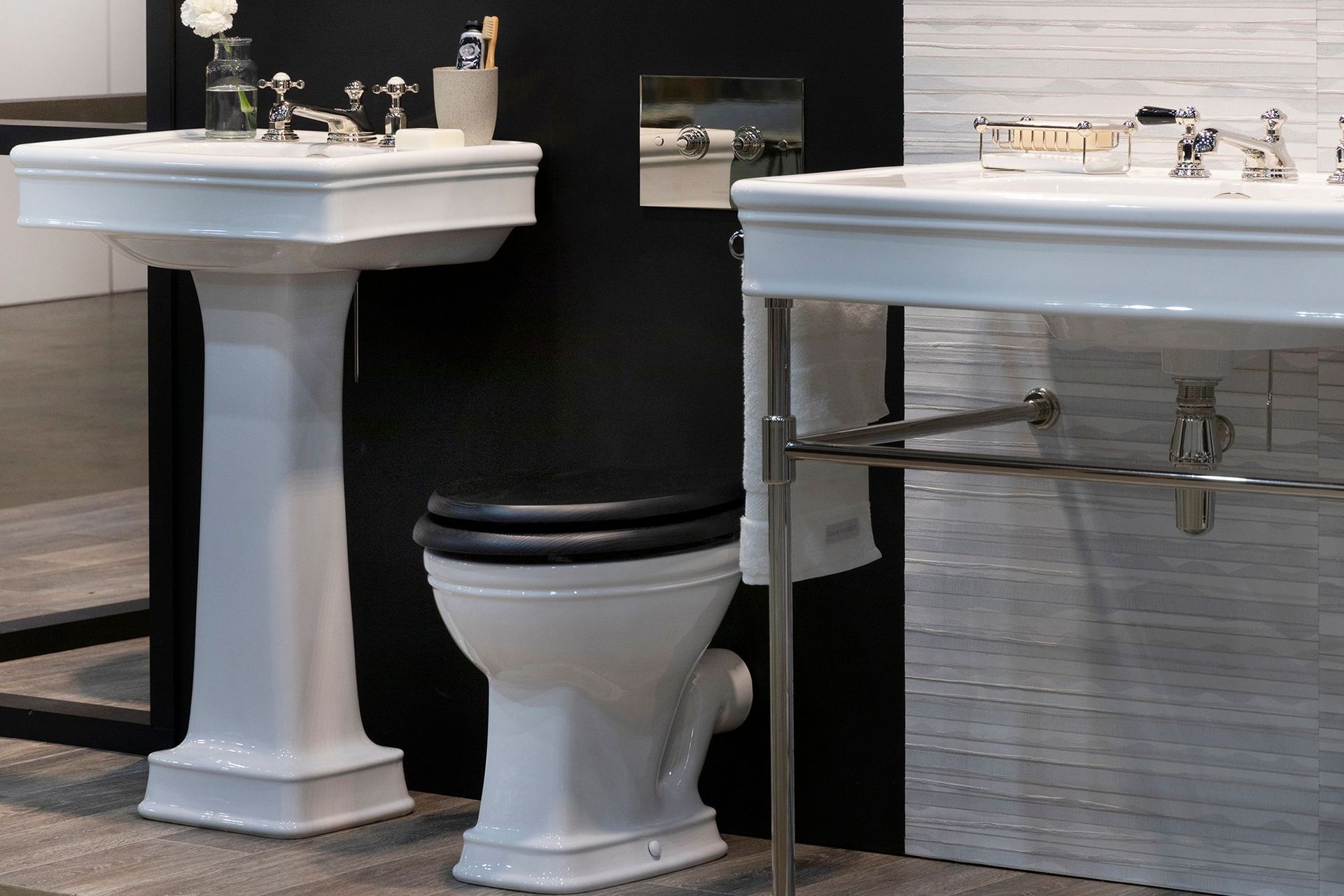
When do you need to replace a toilet?
If you're uncertain about whether you need to replace your toilet, keep the following points to help you make an informed decision:
How old is the toilet?
The age of a toilet can affect its performance and durability. Older toilets, particularly those installed many years ago, may not meet modern water-saving standards and might have outdated flushing mechanisms. Over time, wear and tear can occur on old toilets, potentially leading to issues such as leaks or decreased flushing efficiency. If your toilet is significantly old, upgrading to a newer model may be worth considering for improved functionality and water efficiency.
Does the toilet require frequent repairs?
The frequency of repairs needed for a toilet can vary depending on factors such as the quality of the toilet, usage patterns, and maintenance practices. Generally, toilets should only require regular repairs under normal circumstances. However, issues like leaking seals, malfunctioning flush valves, or worn-out components can arise over time. Regular inspection, maintenance, and prompt repairs can minimise the need for frequent repairs.
Is the toilet experiencing flushing problems?
Flushing problems can occur for various reasons, such as insufficient water flow, a faulty flush valve, or a clogged toilet trap. If you experience flushing problems, checking the water supply, ensuring the flush mechanism is functioning correctly, and addressing any blockages in the toilet or drainage system are recommended. In some cases, upgrading to a newer toilet with improved flushing technology might be necessary to resolve persistent flushing issues.
Is the toilet clogging frequently and is the unit wobbling
Frequent clogging and wobbling of a toilet can indicate underlying issues. Clogs may result from inadequate water flow, improper waste disposal, or a compromised toilet trap. Wobbling can be caused by an unstable or poorly installed toilet. Addressing these problems may involve checking and improving the toilet's installation, inspecting the drainage system for obstructions, or considering a replacement if the toilet's design or condition is contributing to the issues.
Are there cracks in the toilet tank?
Cracks in the toilet tank can lead to leaks and water wastage. They can be caused by physical damage, age-related deterioration, or even manufacturing defects. If you notice cracks in your toilet tank, it is important to address them promptly. In some cases, the cracks can be repaired, but if the damage is severe or the toilet is old, replacing the entire toilet may be more practical to ensure a reliable and leak-free fixture.
Are you upgrading your bathroom?
If you are planning a bathroom remodelling project or wish to update the style of your toilet, changing the toilet can be a part of the renovation. Upgrading to a different toilet style, such as switching from a two-piece to a one-piece toilet, can provide a fresh look and potentially improved functionality. Consider consulting with a professional to ensure the new toilet aligns with your remodelling plans and meets your specific needs and preferences.
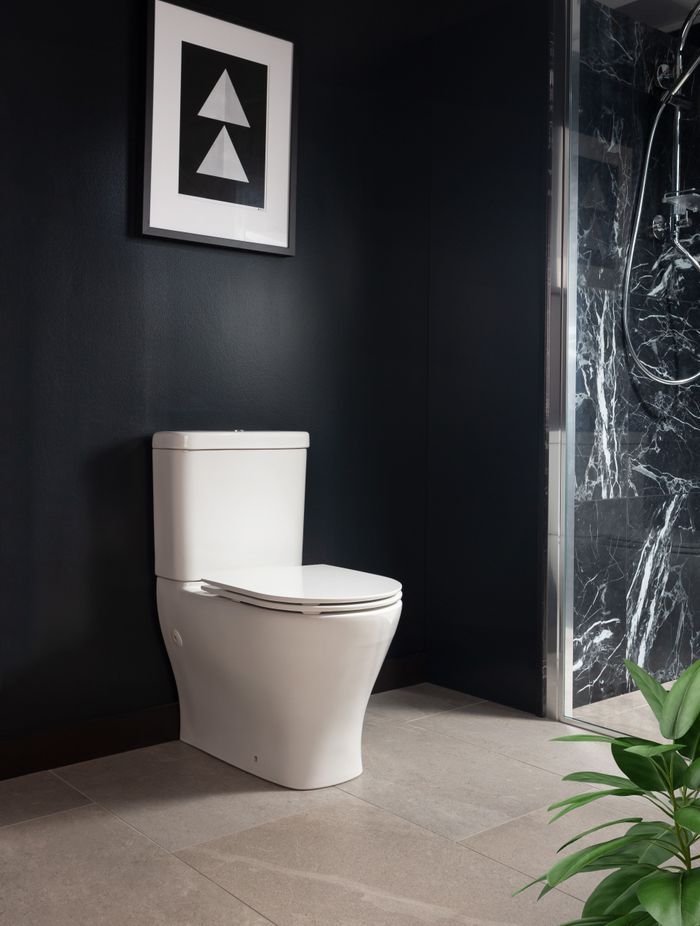
Getting quotes from plumbers
For installing a new toilet, we'd recommend seeking a plumber to carry out the job. While DIY installations can be done, plumbing systems are intricate, and any mistakes during installation can lead to significant problems in your home and increased costs.
We recommend seeking out the opinion of at least three different plumbers. Doing so will help ensure you get a balanced view of how much the total cost will be.
To get an as accurate quote as possible try and have some information on hand about your existing toilet and the new toilet you want installing such as:
- The type of toilet you currently have and the new type of toilet you want installed.
- The location of the installation.
- Any faults or damage with the existing toilet or other plumbing features.
- The approximate age of the existing toilet.
An experienced plumber can give you a firm estimated rate. As we've mentioned, remember that relatively easy installation will be cheaper. If the installation is more complex, such as if extra plumbing or custom pieces are required, the job will be more expensive.
When you get a quote from a plumber, it should include the following:
- Labour and material costs: include the hourly rate or fixed price for the plumber’s time, their call-out fee, and the cost of essential materials.
- Toilet unit and disposal fees: the cost of the toilet unit, if supplied by the plumber, and any fees associated with removing and disposing of the old toilet.
- Adjustments and repairs: costs related to modifying the existing plumbing or floor or any repairs needed to ensure proper installation.
- Travel and permit expenses: any travel fees if the location is far and costs for obtaining necessary permits as per local regulations.
- Any additional information: the quote should include any other relevant information, such as information on any warranties or guarantees, the estimated time for completion, and terms regarding payment schedules and options.
Finally, we recommend not choosing a plumber based solely on their hourly rate. Choose someone who is well-established with excellent ratings and who offers a reasonable price for the job. The easiest way to get this information is through research and getting multiple quotes.
Working out the cost to install a new toilet
There's a lot to think about when estimating the cost of installing a new toilet. As you can see, the cost varies based on the type of toilet, the labour costs of the plumber you choose, any additional plumbing work that needs to be done and more. But by considering the points we've covered in this guide, you should have a better understanding of what's involved and be in a better position to choose a new toilet that satisfies your budget and taste.
Article updated 20th December 2023.
